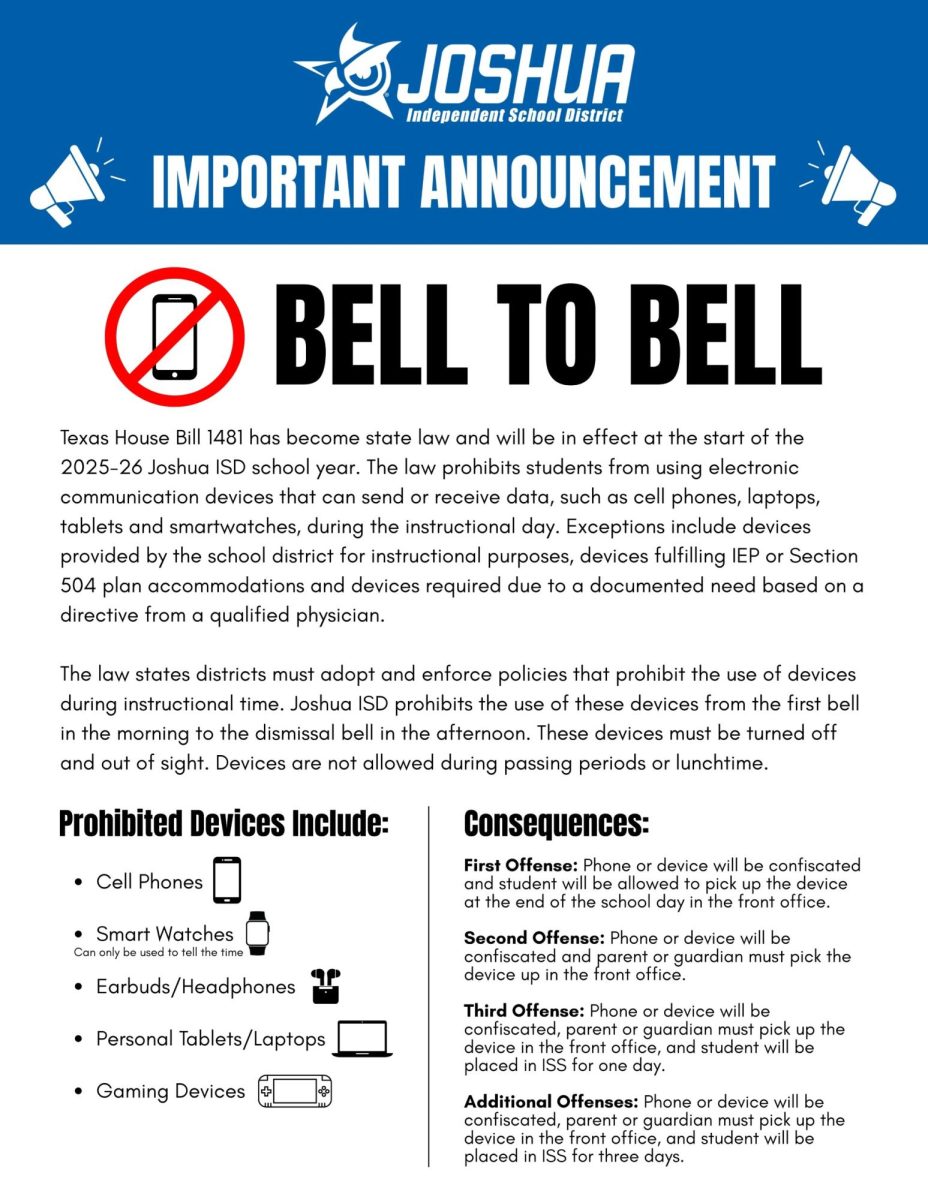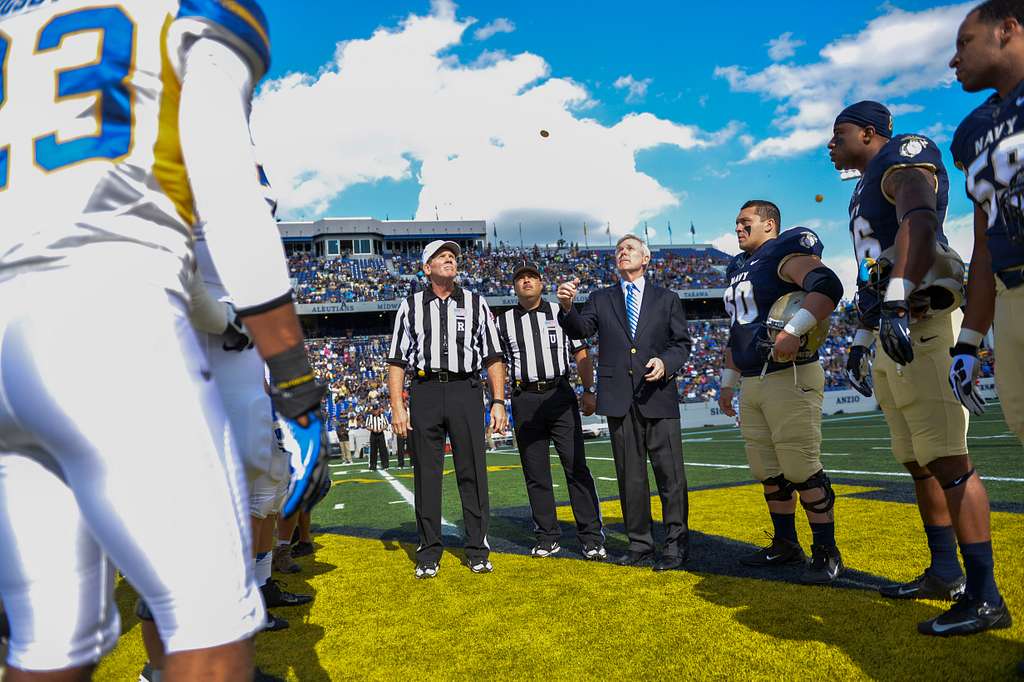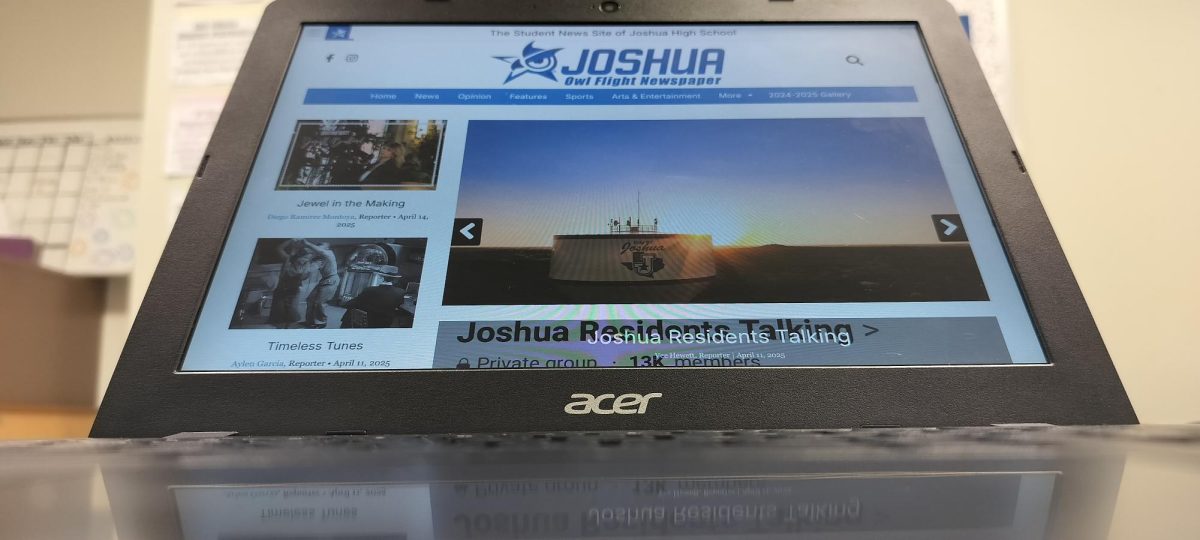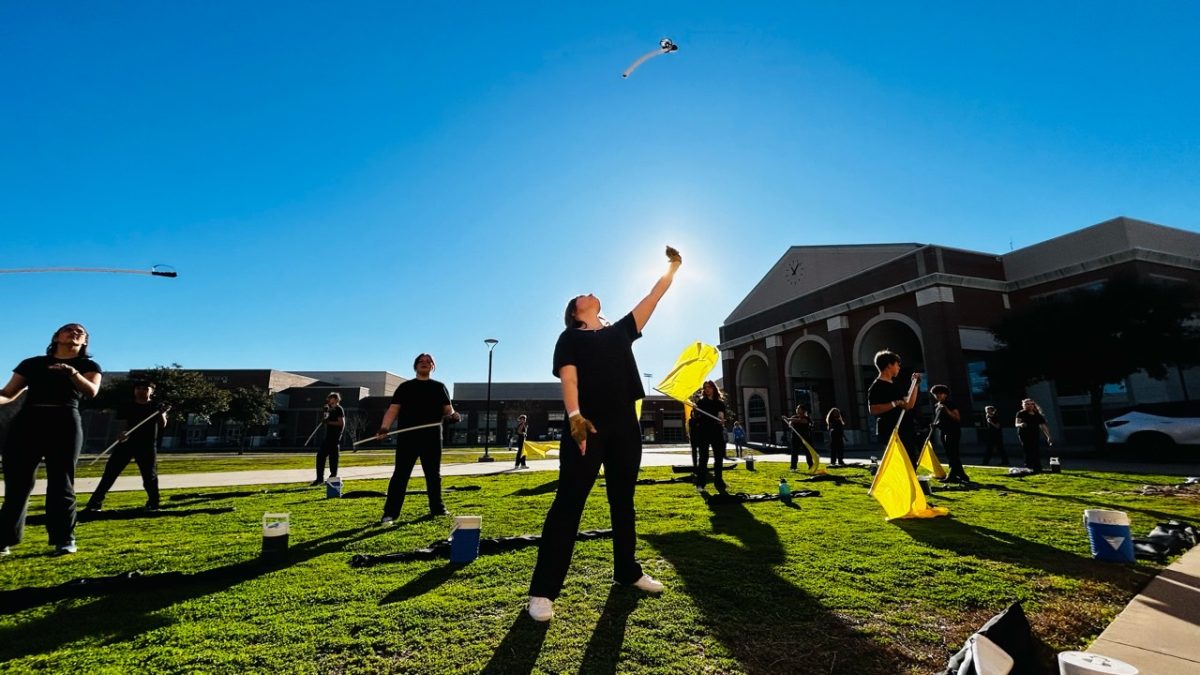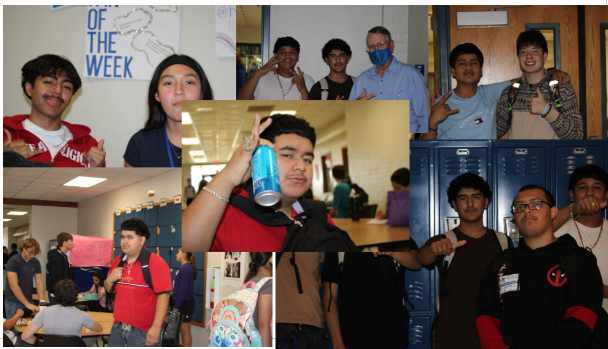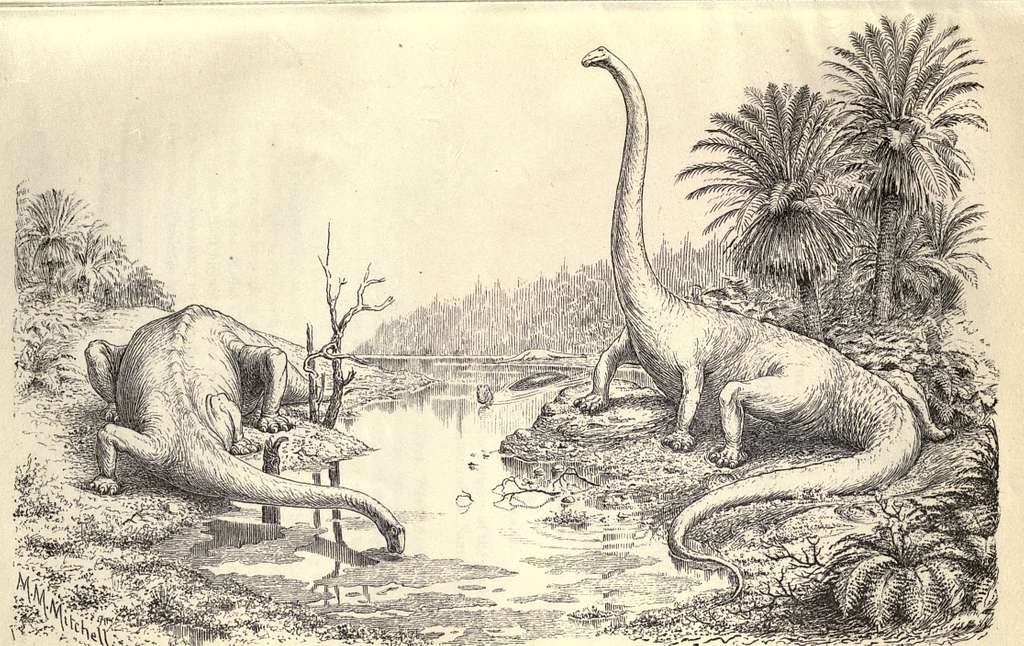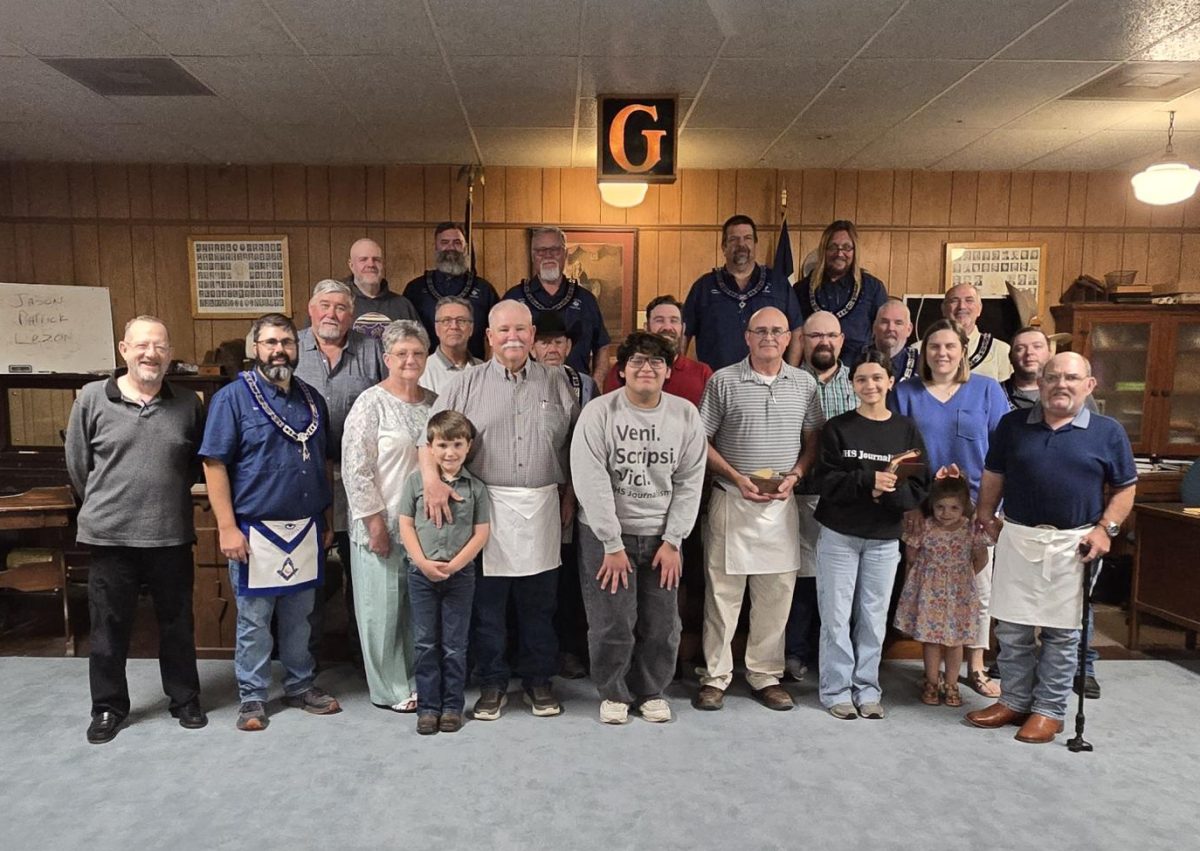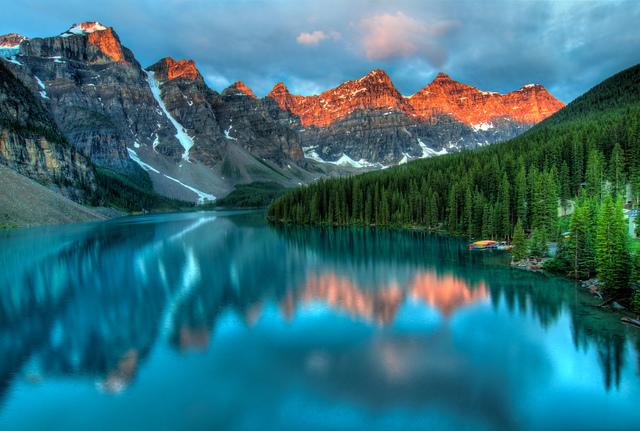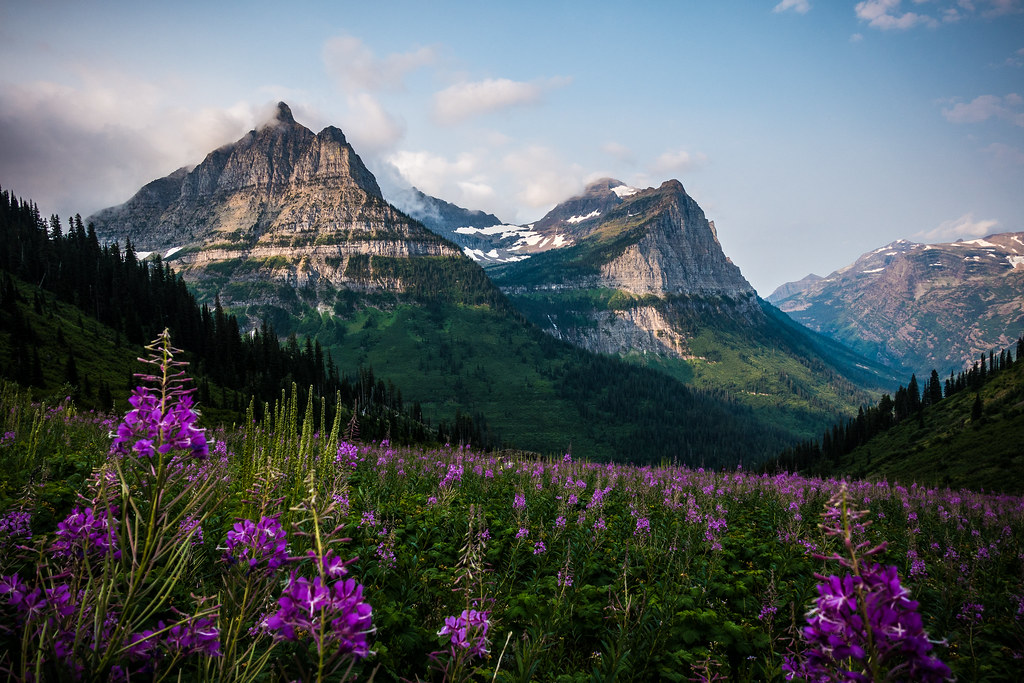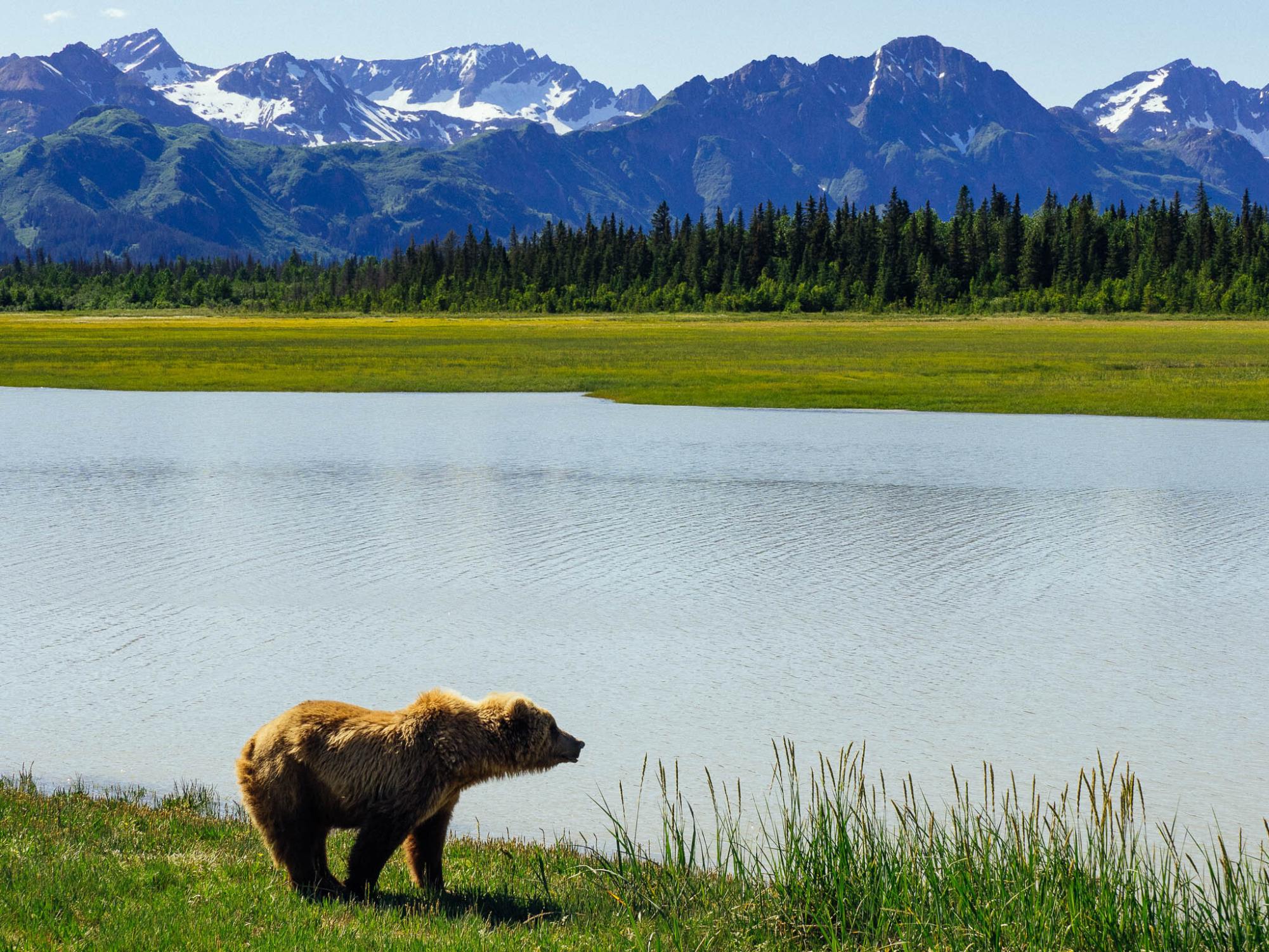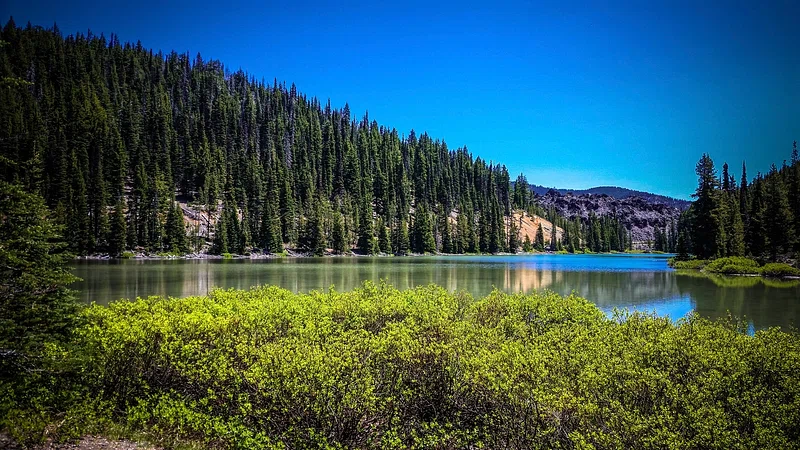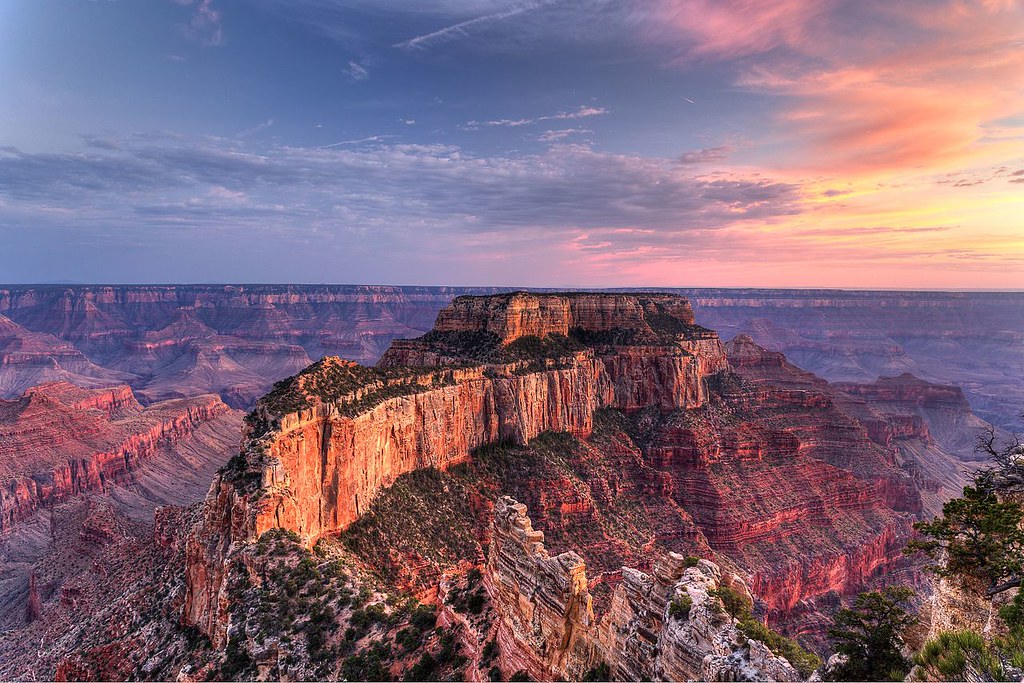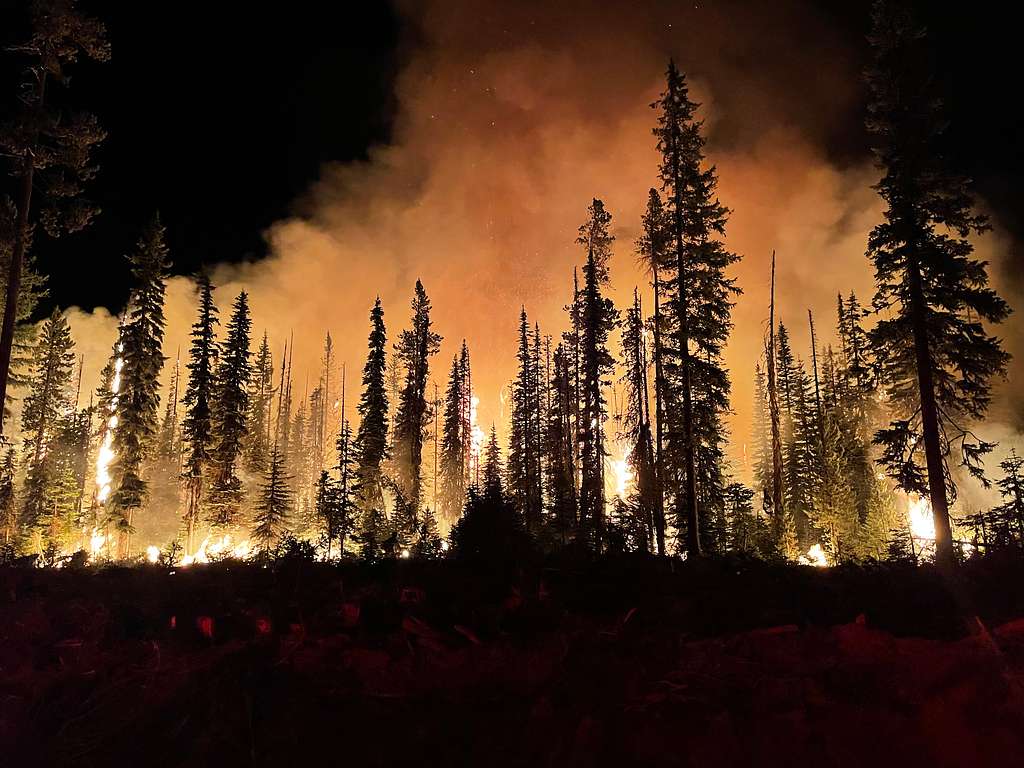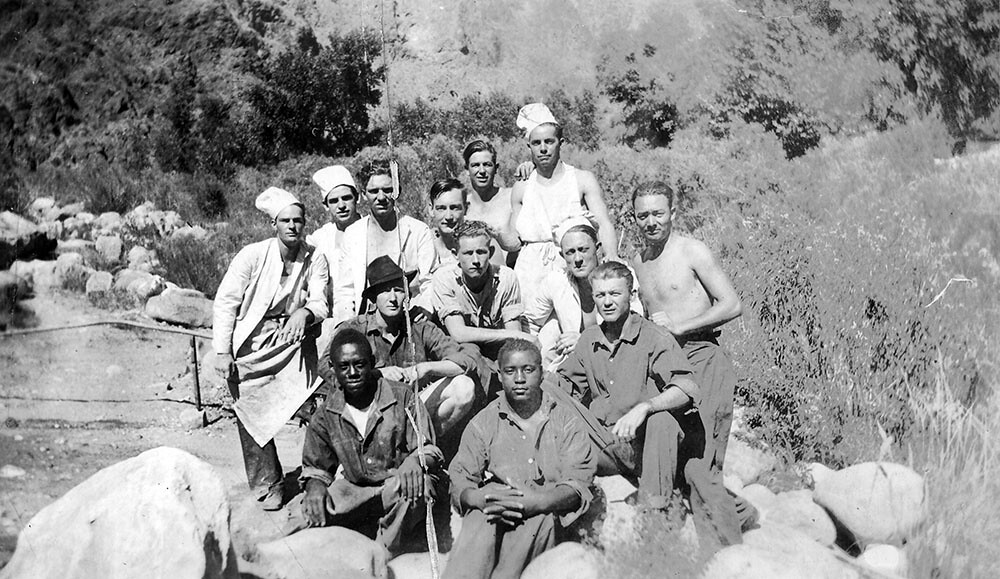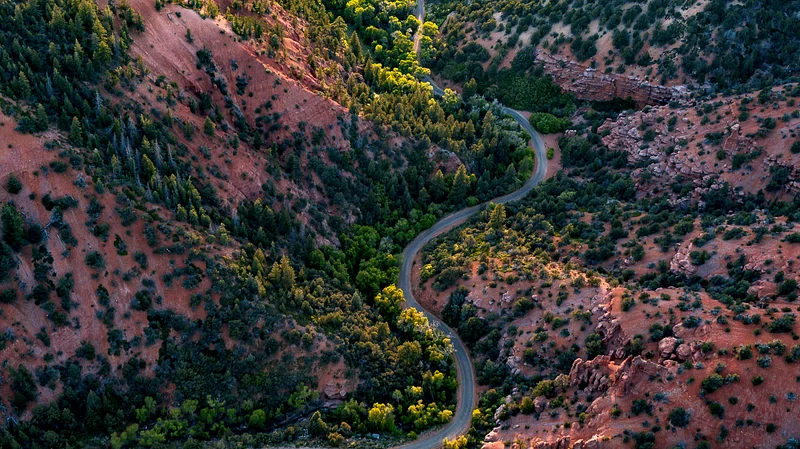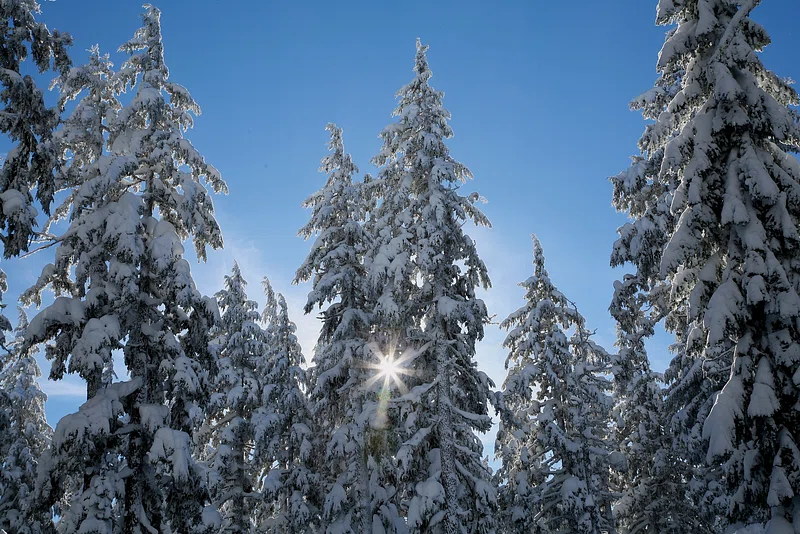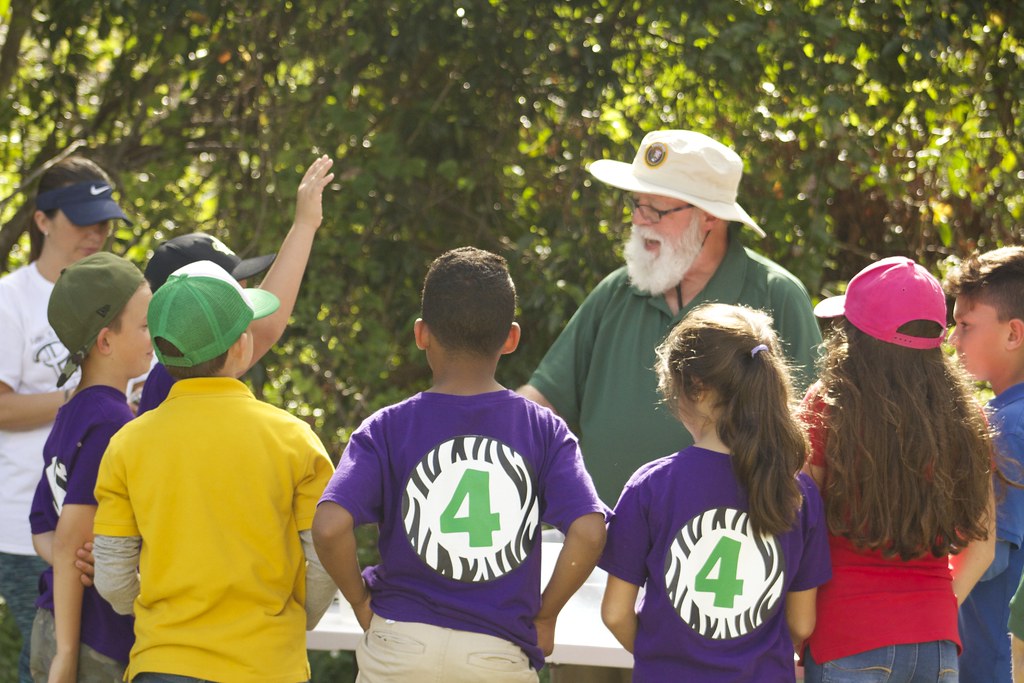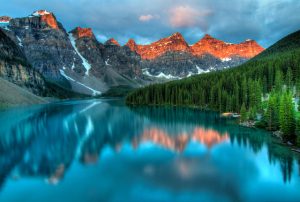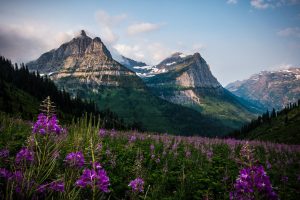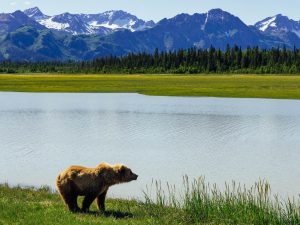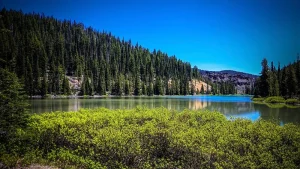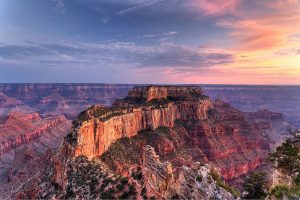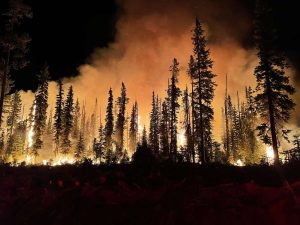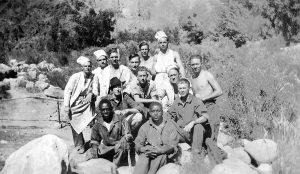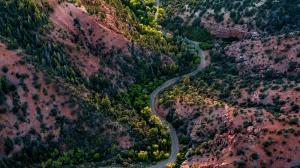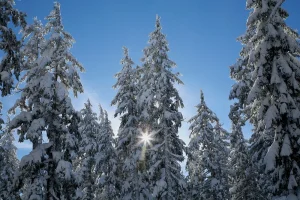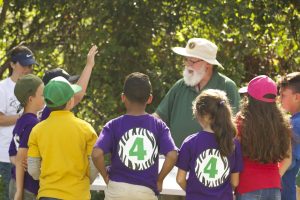Earth is everyone’s beloved home, and it’s quickly falling apart. A huge part of the planet is the forests. Forests are so important because they provide the air that keeps all living creatures alive, drinking water, and everyday objects like paper, pencils, desks, etc. Not to mention that billions of people depend on these forests for jobs, fuel, firewood, and even shelter and protection. Animals depend on forests to survive. Animals like squirrels or birds depend on trees to build homes or gather food. Forests must be preserved for future generations.
One of the first steps to keeping our forests safe and clean is by teaching the next generation how to. For example, May 21 is “Kids to Parks Day”. “Kids to Parks Day” is where kids go to national parks with their families and spend the day playing outdoors and participating in park events. The goal is to introduce kids to nature and discovery.
Another example is “Every Kid in a Park” program. This program gives fourth graders free access to national park sites across the country. The goal of this program is to give children the opportunity to explore national forests and realize just how truly beautiful our world is.
A big issue regarding preservation is how expensive it is. The National Park Service, or NPS, estimates that these parks will need almost $12 billion in maintenance. A solution to funding is the National Park Service Centennial Act. This act was signed into law in 2016 and has provided a very permanent funding source for park needs.
The NPS is the main agency assigned to protecting forests and natural parks. Their main goal is to protect natural and historic sites and to show just how inspiring, beautiful, and even therapeutic nature can be. Another agency that has protected forests is the Civilian Conservation Corps, or the CCC. The CCC was active from 1933 to 1942 and served as a voluntary relief program for unemployed and/or unmarried men from ages 17-28. The main goal of the CCC was to preserve natural resources while providing jobs for unemployed men.
Since forest preservation is so expensive and requires so much work from agencies like the NPS, many civilians have stepped up to help. There are many free ways that people can help protect forests. For example, while touring a park or forest, travel in small groups and guided tours with operators who prioritize sustainability. Always use public transportation or ride a bike, scooter, skates, etc. Keep lights off (in a hotel, house, etc.) when not using them. Finally, eat locally whenever possible.
We must fight to protect the planet. It may not people in this lifetime, but think of future children, grandchildren, and even great grandchildren who may have to suffer the consequences of current selfishness. Research the NPS and follow the guidelines provided to keep our beautiful planet safe. https://www.nps.gov/getinvolved/volunteer.htm


